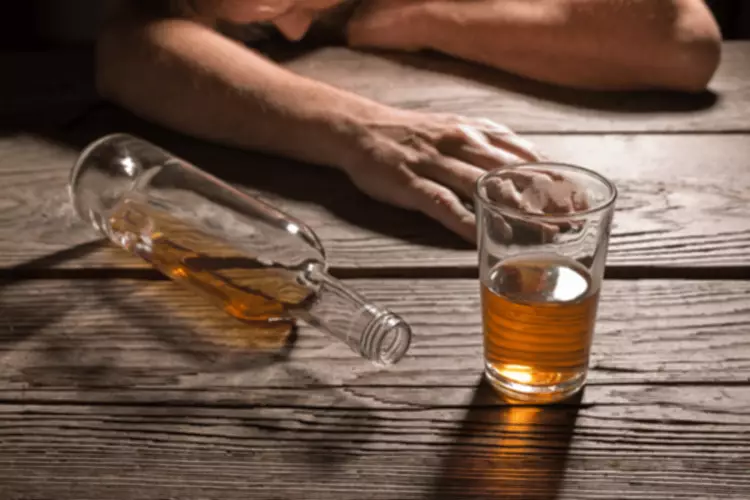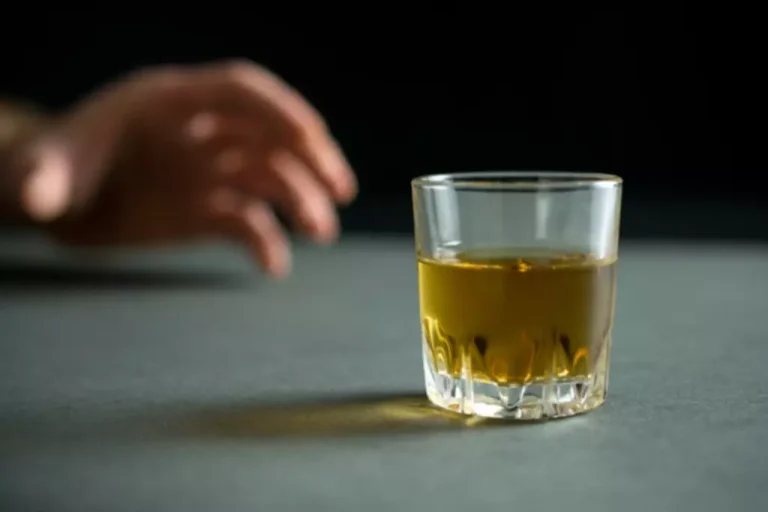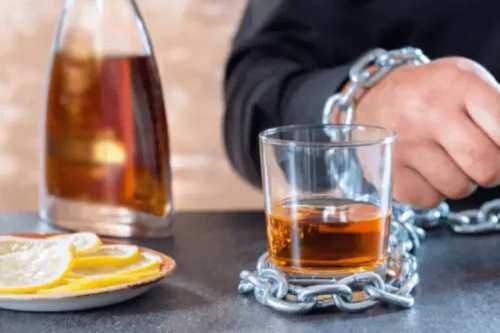
If you feel comfortable doing so, discuss your challenges with your primary healthcare professional. Finding a therapist can also be a great starting point if you’re uncomfortable opening up to your healthcare professional. Exploring, in writing, what you find difficult and when you most want to drink can help you notice patterns that offer more insight into your alcohol use. Maybe you’ve never been interested in logging your innermost thoughts, but journaling can be a great tool to track your feelings as you work on quitting alcohol. Family and friends can provide encouragement and support when you stop drinking.

How to Stop Drinking: Making a Plan That Works for You

The kindling effect is an important reason to approach quitting and seek professional guidance seriously. Tapering involves gradually and progressively reducing your alcohol consumption over time. This method can lessen withdrawal symptoms, allowing your body to adjust to decreased alcohol levels slowly. It does, however, result in any withdrawal symptoms that do occur being prolonged over the entire period of the taper.
What does drinking alcohol do to your body?
They may have a mild-to-moderate substance use problem without being chemically dependent. Still, they may need to consider cutting back for other physical, mental, and social health reasons. It can take between two to four days for the symptoms of delirium tremens to fully manifest, and at least another three days for them to run their course. This means that there is little data about the best way to taper your drinking.
Find Professional Treatment
It can be easy to underestimate how much you drink, and being as accurate as possible is important. Sitting and talking with others who share your struggle can help you feel supported. Local groups like Alcoholics Anonymous (AA) can give you the moral support and strength you need. Relapses happen during rehabilitation, but what’s important is how you move forward from it. You may want to talk with a loved one or therapist about why it happened and what you can do differently next time. Keep it interesting and varied with sparkling water, virgin cocktails (also known as mocktails), fruit juices, low-fat milk, or kombucha.
Quitting binge drinking may require different strategies than either tapering or cold turkey. The how, why, and when of the training taper is key to executing that big run, hike, or ride. Let’s take a look at exactly what a taper is, why you need a taper, and 6 tips to tapering correctly. By cutting alcohol out of your life completely, you may notice a number of improvements to the way you look and feel. Among other things, you might find you have more energy, that you’re sleeping better, or that you’ve lost a fair amount of weight. Like any big change, there might be times where it doesn’t feel easy, so it’s important to reward yourself with something as you make progress.
Insurance May Cover The Cost of Alcohol Detox
- It’s important to seek urgent medical care if you experience any of these symptoms.
- You may also consider joining an online support group to help you feel less alone.
- If you have these symptoms when you don’t drink, it could be dangerous to stop drinking too quickly without proper support.
- You should always seek medical advice before attempting any kind of alcohol withdrawal.
A direct taper means you continue to drink your regular drinks but slowly decrease the amount over time. Direct tapers are better if you prefer drinks that contain a low percentage of alcohol. If you have a severe level of addiction or dependency, you may need a detox program. Talk to a medical professional to find the best detox option for you. Dietary guidelines recommend that if you drink, men limit daily drinking to two drinks or less per day and women limit their drinking to one drink or less per day.

Benefits of cutting down
Then come up with a reduction rate you think will be safe, and that you can stick to. Alcohol withdrawal can cause many symptoms, some of which can be fatal.

Another strategy for a successful taper is to drink just enough to keep withdrawal symptoms at bay. If you find it is difficult to prevent yourself from drinking too much and getting drunk, locking your alcohol up how to taper off alcohol in a cabinet and giving your friend or family member the key can help. Although with this method, it is important that the friend or family member is accessible when symptoms of withdrawals such as tremors return.
You Have a High Risk of Addiction or Complications From Drinking

Thus, a user will likely seek out alcohol again to rid themselves of the uncomfortable withdrawal symptoms. Alcohol withdrawal symptoms range in severity depending on how extensive the misuse behavior was. The alcohol withdrawal symptom delirium tremens (DT) is estimated to kill up to 5% of those attempting to quit suddenly after chronic usage. This is a staggering number considering that many other drugs do not even have the possibility of lethal withdrawals.
Avoiding the Symptoms of Alcohol Withdrawal
- Get professional treatment and long-term support to prevent relapse.
- Even if you don’t succeed the first time, there are still plenty of treatment options you can turn to.
- An alcohol use disorder can also have an impact on your social, psychological, and financial health.
Once alcohol is stopped, your brain continues to be hyperactive until it readjusts to the absence of alcohol. This process is often referred to as detox and often causes withdrawal symptoms. Over the long term, many health benefits occur throughout your body. Your risk of certain diseases decreases, you will begin sleeping better, and your overall health can significantly benefit.
